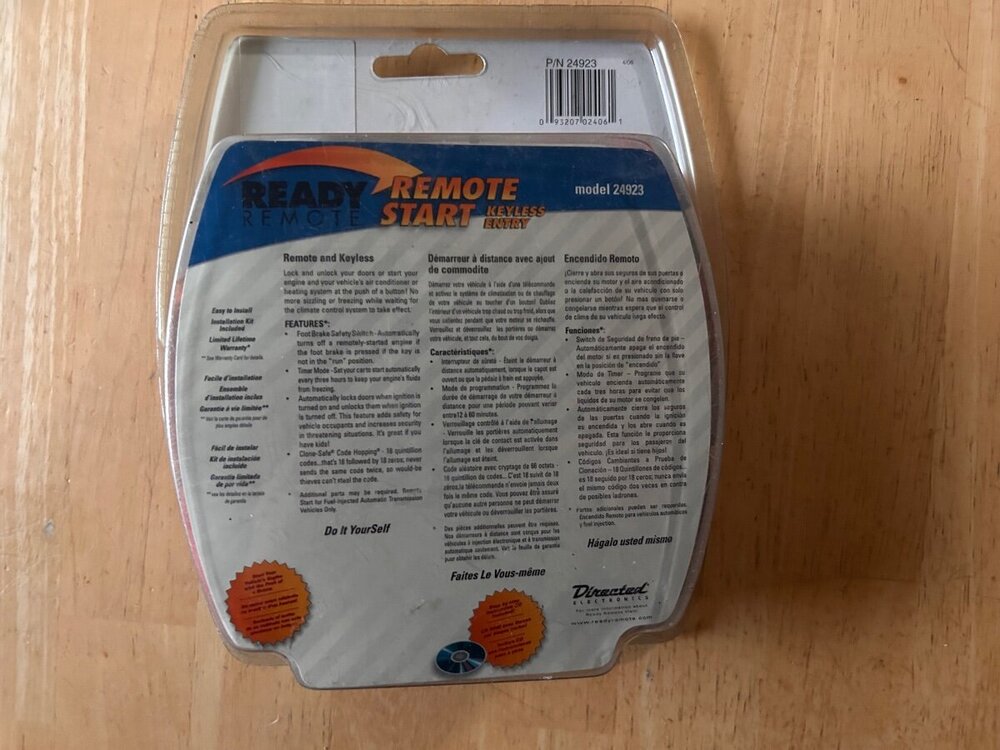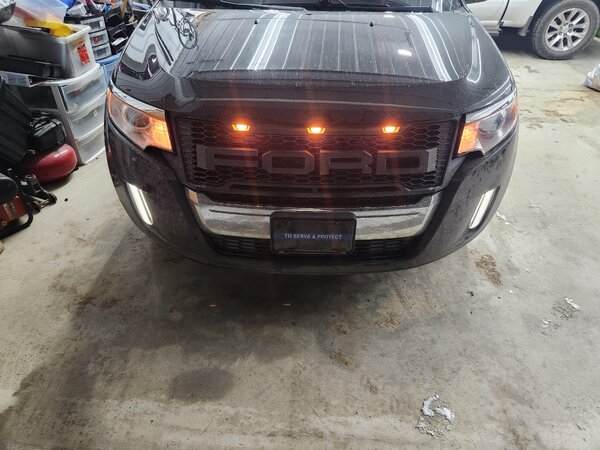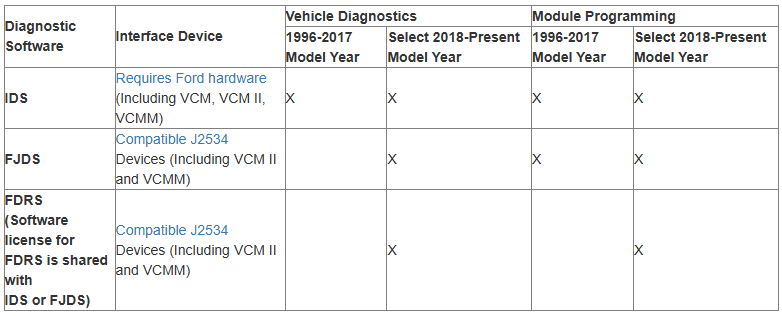-
Posts
609 -
Joined
-
Last visited
-
Days Won
19
Content Type
Profiles
Forums
Gallery
Everything posted by Wubster100
-

2007 Lincoln MKX Remote Start
Wubster100 replied to Wubster100's topic in Accessories & Modifications
I have no idea if it supports the RFID/smart key. What does this mean? -
Post all the codes
-
I am going to try to install this Ready Remote Start 24923 into a 2007 Lincoln MKX. Does anyone have experience installing remote start into their Edge/MKX?
-

Running lights all wired up. I removed the other lights to paint the base black
Wubster100 commented on Brandon123's gallery image in Member Photo Albums
-

Windshield Replacement
Wubster100 replied to 1004ron's topic in Glass, Lenses, Lighting, Mirrors, Sunroof (BAMR), Wipers
Do you know what the head up display is? Red LEDs in the dash? -

What have you done to/with your Edge/MKX today?
Wubster100 replied to WWWPerfA_ZN0W's topic in Accessories & Modifications
Is there a https://parts.ford.com/ website, but for other regions? -

What have you done to/with your Edge/MKX today?
Wubster100 replied to WWWPerfA_ZN0W's topic in Accessories & Modifications
You can send me the vid ☺️. -

What have you done to/with your Edge/MKX today?
Wubster100 replied to WWWPerfA_ZN0W's topic in Accessories & Modifications
I want to put running lights like those on mine. -

Software update or something?
Wubster100 replied to Brockdog12's topic in Audio, Backup, Navigation & SYNC
You will know if the sound is coming from the IPC or ACM based off of the chime. The chime will sound older or newer. -
Doesn’t this only apply to SYNC 3 and not SYNC 4?
-

What have you done to/with your Edge/MKX today?
Wubster100 replied to WWWPerfA_ZN0W's topic in Accessories & Modifications
I want to practice more in the snow -

What have you done to/with your Edge/MKX today?
Wubster100 replied to WWWPerfA_ZN0W's topic in Accessories & Modifications
-

FordPass no longer updating location while moving
Wubster100 replied to dabangsta's topic in Audio, Backup, Navigation & SYNC
Ensure the app is updated to version 5.9.0 You can now add service history information to your account to keep all your maintenance records in one place. Theft alerts now include a map view, history, and alert preferences. With a Security Package subscription, you can remotely lock down eligible vehicles to stop them from starting without permission. We've added real-time updates to your vehicle data, giving you access to the most current location information. -
Ford cannot do any programming. You must program it yourself using FORScan. The face plate with the heated seats buttons may not even be required if you only want to control the heated seats through the touchscreen. The heated seats are controlled over the network, through the seat modules.
-

2013 ABS module/HCU Programming
Wubster100 replied to John 2013 Edge's topic in Brakes, Chassis & Suspension
If it were me, I would use a third party software, FORScan, to reprogram the ABS module. -

2013 ABS module/HCU Programming
Wubster100 replied to John 2013 Edge's topic in Brakes, Chassis & Suspension
FJDS provides module reprogramming software that covers 1996 to select 2018 Ford, Lincoln and Mercury module reprogramming functions, plus complete dealership level diagnostic software for all 2018 to present Ford and Lincoln vehicles. FJDS is designed for use with J2534 compatible Vehicle Communications Interfaces (VCI) including Ford diagnostic hardware (VCM II, or VCMM). The FJDS software license includes time based access to the FJDS software, software updates and calibration files. The following vehicles are supported by FDRS 2018+ Expediion/Navigator 2018+ Ecosport 2019+ Ranger 2020+ Transit 2019+ Transit Connect 2020+ Explorer/Aviator 2020+ Super Duty 2020+ Escape/Corsair 2021+ F-150 2021+ Edge/Nautilus 2021+ Mach-E All other vehicles are supported by IDS/FJDS -
Welcome to the forum @kcrews10! It is possible to install a SYNC 3 system and heated seats. I would assume that you have the small 4.2" screen. However, it is not plug and play. Programming is required for both the radio upgrade and heated seats.
-

Rear Seat Cushion Loose 2015-2024
Wubster100 replied to Wubster100's topic in Interior, A.C., Heat, Interior Trim
Welcome to the forum @Mbry2024! I never bothered to get new clips, so the seat cushion is still a bit loose. Have you tried looking at your cushion locking tabs / clips? Do you still have a warranty left on your 2023? -
Has anyone tried the LV fluid instead of ULV?
-
There is a trailer tow module for the trailer lights and trailer sway control.
-
The photos in the video are AI generated. There will not be a 2025 Ford Edge. However, there is a different vehicle, the Ford Edge L, which is larger and avalible in China.






